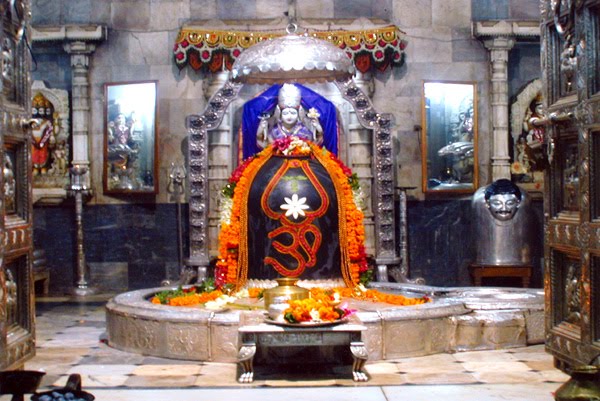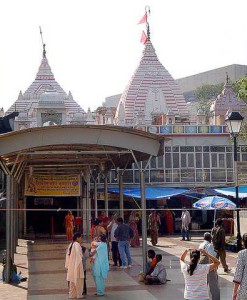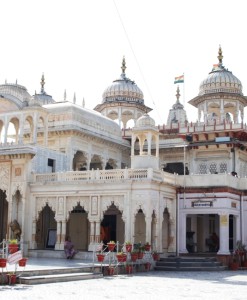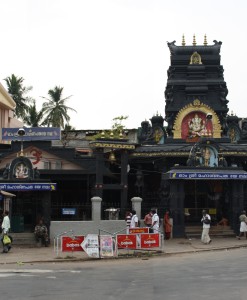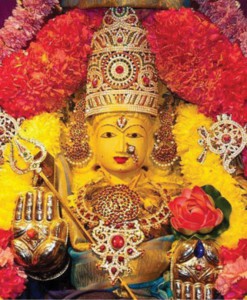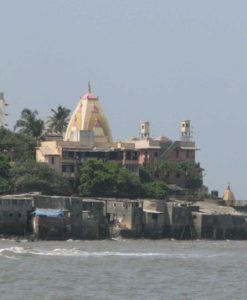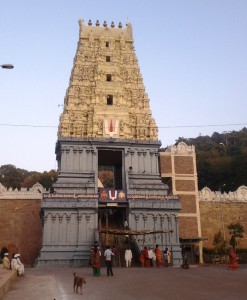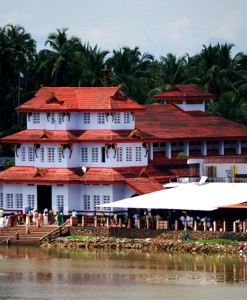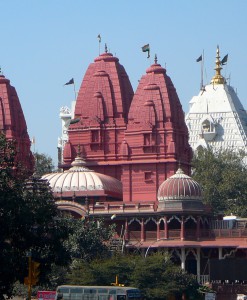No products in the cart.
The Somnath temple located in Prabhas Patan near Veraval in Saurashtra on the western coast of Gujarat, India, is the first among the twelve Jyotirlinga shrines of Shiva. It is an important pilgrimage and tourist spot. The temple is considered sacred due to the various legends connected to it. Somnath means “Lord of the Soma”, an epithet of Shiva.
Somnath Temple is known as “the Shrine Eternal”. This legendary temple has been destroyed and rebuilt several times by Islamic kings and Hindu kings respectively. Most recently it was rebuilt in November 1947, when Vallabhbhai Patel visited the area for the integration of Junagadh and mooted a plan for restoration. After Patel’s death, the rebuilding continued under Kanaiyalal Maneklal Munshi, another minister of the Government of India.
The temple is open daily from 6AM to 9PM. There are 3 aarti daily; in the morning at 07:00, at 12:00 and in the evening at 19:00.
It is also believed that this is the place where Krishna ended his lila on earth and left for his heavenly abode.
Somnath Jyotirlinga, Gujarat
- Temple History
- Architecture
- How To Reach The Temple
- Daily Poojas And Festivals
- Videos
- Additional Information
In 1656, the Mughal emperor appointed Raghab Dattaroy of Patuli as the zamindar of an area that includes the present-day Bansberia. Legend has it that Raghab’s son Rameshwar cleared a bamboo grove to build a fort, inspiring the name Bansberia.
The site of Somnath has been a pilgrimage site from ancient times on account of being a triveni sangam (the joining of three rivers — Kapila, Hiran and the mythical Sarasvati River). Soma, the Moon god, is believed to have lost his lustre due to a curse, and he bathed in the Sarasvati River at this site to regain it. The result is the waxing and waning of the moon, no doubt an allusion to the waxing and waning of the tides at this sea shore location. The name of the town Prabhas, meaning lustre, as well as the alternative names Someshvar and Somanath (“lord of the moon” or “moon god”) arise from this tradition.
The present temple is built in the Chalukya style of temple architecture or “Kailash Mahameru Prasad” style and reflects the skill of the Sompura Salats, one of Gujarat’s master masons. The temple’s śikhara, or main spire, is 15 metres in height, and it has an 8.2-metre tall flag pole at the top.
The temple is situated at such a place that there is no land in a straight line between Somnath seashore until Antarctica, such an inscription in Sanskrit is found on the Bāṇastambha erected on the sea-protection wall. The Bāṇastambha mentions that it stands at a point on the Indian landmass that is the first point on land in the north to the South Poleat that particular longitude.
There are no regular flights from other major cities of the country to Somnath. Nearest airport is Diu Airport.
Somnath
63 km away
Diu Airport (DIU), Diu, Daman And Diu
Somnath
114 km away
Porbandar Airport (PBD), Porbandar, Gujarat
Somnath is well connected to other major cities of the country via regular trains.
The temple is open daily from 6AM to 9PM. There are 3 aarti daily; in the morning at 07:00, at 12:00 and in the evening at 19:00.
Some of the major festivals celebrated annually include Ram Navmi, Janmashtami, Shivratri, Holi, Ganesh Chaturthi and Diwali. Marking the Hindu New Year, Diwali is one of the grandest Hindu festivals, and attracts many visitors and devotees to the mandir.
The Shiva linga in Somnath is believed to be one of the 12 jyotirlingas in India, where Shiva appeared as a fiery column of light. The jyotirlingas are taken as the supreme, undivided reality out of which Shiva partly appears.
The jyotirlinga shrines are the places where Shiva is believed to have appeared as a fiery column of light. Originally there are believed to have been 64 jyotirlingas and 12 of them were considered to be very auspicious and holy.
Each of the twelve jyotirlinga sites take the name of a different manifestation of Shiva. At all these sites, the primary image is a lingam representing the beginningless and endless stambha pillar, symbolizing the infinite nature of Shiva. Even though there are believed to have been 64 jyotirlingas, twelve of them are considered to be very auspicious. In addition to the one at Somanath, the others are at Varanasi, Rameswaram, Dwarka etc.

